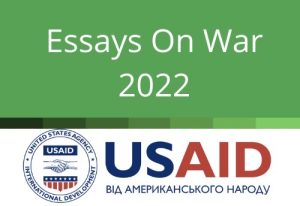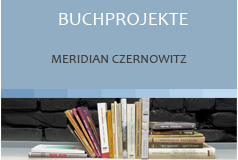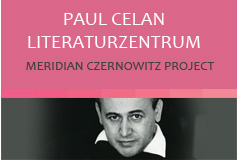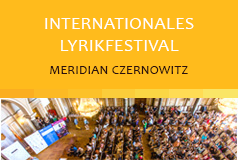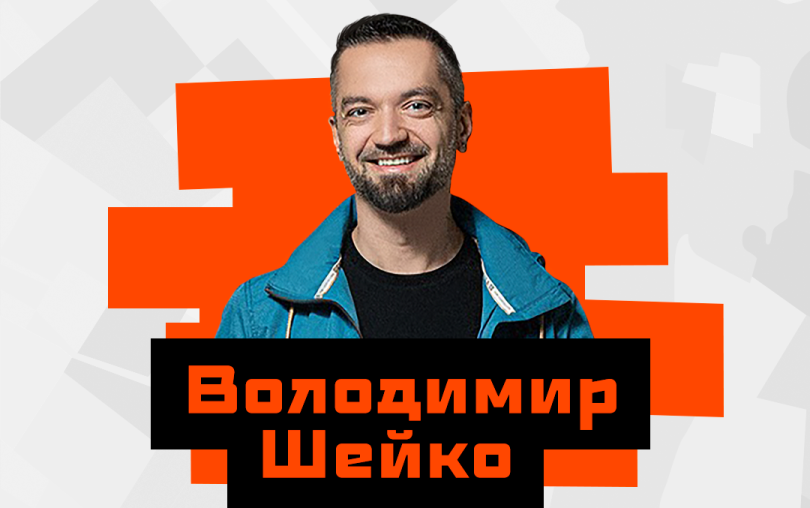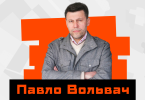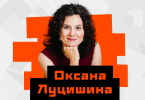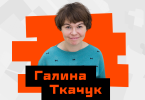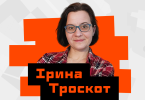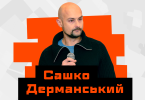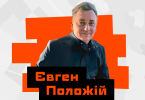Unspeakable War
Shortly after the Russian war against Ukraine started, photographer Viktor Marushchenko recruited a new group to study at his photography school in Kyiv. It was the summer of 2014. One of the practical tasks of the course was to create a series of photographs in which Victor’s students captured the signs of war in everyday life in Kyiv. It seemed like a routine task for a documentary photographer or reporter, and it was not difficult to find visual metaphors of war in the capital of a warring country. However, I remember how confused the course students were when the task kept slipping out of their hands. In the end, Victor discreetly but mercilessly criticized their work for creative helplessness and a too literal understanding of the task.
Eight years on, the war in Ukraine escalated into full-scale conflict, devastating every corner of the country, causing the deaths of tens of thousands, and leaving its mark on the world. It has become the most documented war in history. Ukraine’s tragedy, reflected in the work of photographers, soldiers, human rights defenders, journalists, politicians, philosophers, and public activists, gave birth to countless images, metaphors, memes, documentaries, and artwork for posterity. But despite the abundance of media, can we honestly say that we understand this war? Can we accurately convey our experiences and thoughts to others, including future generations, enemies, and allies? Even with all means of expression at our disposal, is it possible to achieve Viktor Marushchenko’s goal of truly capturing the essence of war?
When I think of Mariupol, my consciousness seems to be torn apart, unable to comprehend the terrible fate that befell this city and its people. When we say „Bucha“ or „Izyum,“ these words also contain an abyss woven from photos, tears, and comments, from the abnormal normality of life that continues in our de-occupied cities. The new language of war–“arrival,“ „forefront,“ „cotton[1]„–is by no means universal, if only because Russian missiles are a different experience for a person from Kharkiv or Mykolaiv, where a missile „arrives“ in the yard of their own house than it is for an air defense system operator or a resident of a relatively safe region. From afar, we loudly rejoice at the news of more „cotton“ in Crimea or Melitopol. Still, we may not consider the daily danger the local pro-Ukrainian resistance movement exposes itself to. My relative’s son, a military volunteer, returns home for a week and can only cry about what he saw in the east, tear this blackness out of himself and hurl insults at his relatives, pre-school words, his irreversible otherness. And what about people who, fortunately, escaped the horrors and now live a relatively peaceful life? What is their truth and experience of war?
Communicating with foreigners can make finding the right language even more challenging. The argument that one does not have to experience something to empathize with it is no longer compelling. Many Ukrainian cultural figures, diplomats, and journalists are all too familiar with the feeling of helplessness. We speak, inquire, and persuade, but our foreign interlocutors do not have the capacity to absorb this information which is unprecedented for them. Even basic facts are met with amazement, like how there are currently no flights over the territory of Ukraine, women give birth in bomb shelters, and people live and work in cities without electricity. Cultural diplomacy provides a glimmer of hope, as communication through art is possible, but even this is not universal.
According to Salman Akhtar, an Indian-American psychoanalyst and professor at the Medical College of Philadelphia, how reality is described and understood will always vary depending on the individual and their intention. He asserts that there are seven types of truth–physical, historical, narrative, poetic, manufactured, judicial, and existential.
The truth about Russia’s war in Ukraine is complex and multi-faceted. Its judicial aspect involves documentation and testimony of war crimes, torture, murder, and theft, collected by human rights defenders, security forces, and volunteers to hold Russia accountable in an international tribunal and prove that it committed the ultimate crime – genocide against Ukrainians. The narrative dimension encompasses a set of values and virtues, such as courage, ingenuity, resilience, humor, freedom, maturity, and mutual help, which are now associated with Ukraine in the world and should form the foundation of our strategic communications. Let’s not forget about the Looking Glass, a distorted, manufactured anti-truth fueled by disinformation and a product of Russia and its society. The existential experience is the most challenging to understand, as it is always personal and unique.
But even though these truths try to describe parts of the greater whole, they will never encompass it. Crises, historical rifts, and borderline states reveal to us a world that cannot be fully known or understood. This experience cannot be transferred to interlocutors or conveyed even in the most ingenious work of art; such tests are the limit beyond which the ineffable begins. Today, Ukraine is experiencing a great unspeakable trauma that will stay with us for life. Therefore, the current war will be only our tragedy. Even with sincere sympathizers and allies, we are doomed to existential loneliness in living through this misery, just like Syrians, Chechens, Georgians, Afghans, and Bosnians. Apparently, avant-garde art and its plastic innovations were born from a similar trauma at the beginning of the twentieth century because classical art could no longer describe and interpret our strange new world. A new visual language made it possible to expand the boundaries of this world but, of course, not to understand its totality.
Someday, the last surviving witness of Russia’s war in Ukraine will pass away, and the conflict will become a myth, preserved through multiple truths, countless photos, writings, family tales, political slogans, video games, monuments, cemeteries, and the landscapes of cities and villages – those that were destroyed, rebuilt, abandoned, and created anew. Until that day arrives, we will talk extensively about this war. It will be the main topic of conversation for a long time. But the further away we are from February 24, 2022, the more we will dare to discuss other issues, and the closer our culture will come to processing what happened to us. As a result, the war will become both more obscure and comprehensible and simultaneously simpler and complex. When we share our experiences, we inevitably rewrite them, correcting the past and changing our memories, ourselves, and our listeners. We will forever etch the palimpsest of this war in our imperfect language. But our thoughts and words are all we have left to find unity and togetherness, to stitch together our broken world.
[1] The Ukrainian word bavovna (cotton) is used to describe missile strikes in Russia. This association started with the Russian word khlopok, an „explosion“, although it actually means „clap“, as Russian propagandists use this term to downplay the severity of the strikes. However, the homonym of khlopok also translates to „cotton,“ but with a stress on the first „o.“
Translated by Yulia Lyubka and Kate Tsurkan

